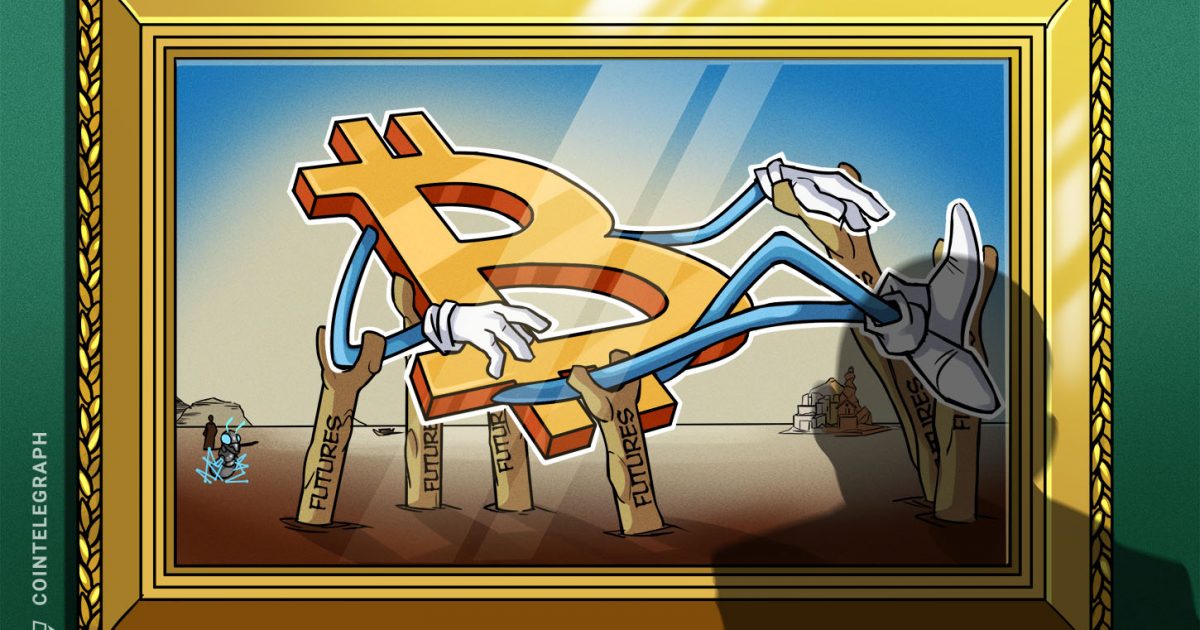Bitcoin (BTC) futures were worrying analysts on July 10 as volume data suggested serious weakness and the potential for a major pullback.
Uploading a weekly chart of CME Group’s Bitcoin futures to Twitter, Cryptox Markets analyst filbfilb did not mince his words describing the current climate.
Filbfilb: BTC futures “almost identical” to March
“Looks bad,” he summarized, noting that a volume indicator had returned to an identical setup as the week before Bitcoin crashed to $3,600 in March.
“Almost identical positioning as the big drop last time and a clear descending triangle full of wicks at resistance, trading below (point of control).”
Specifically, commitments of traders (COT) — both retail and institutional — had maneuvered to exactly the same place that it was in just days prior to the crash. COT is updated on Fridays using data from the previous Tuesday; as such, the metric gives a snapshot of the status quo several days previously.
“I doubt it has changed much,” filbfilb told Cryptox in private comments.
CME Bitcoin futures chart with March similarities highlighted. Source: filbfilb/ Twitter
COVID-19 dump to be avoided
Bitcoin has seen mixed price action this week as moves towards $9,500 were dictated by stock markets. A drop late Thursday took BTC/USD back to $9,000 support.
Asked whether traders should expect an exact rerun of March, however, filbfilb remained more optimistic.
“I don’t think there will be a dump anything like last time,” he wrote.
“However; the positioning of the big players began 8.5-10.5k last time & that was before the climate took a nose bleed- these guys are short here on technicals rather than the external risk (in my opinion).”
Bitcoin derivatives have sparked differing narratives in recent weeks. In late June, a $1 billion open interest expiry event initially fuelled speculation of a price drop, but ultimately had no discernable impact on the market.
Other Bitcoin network fundamentals remain strong, with hash rate reaching all-time average highs this week and difficulty set for a 9% upward adjustment in two days’ time.




